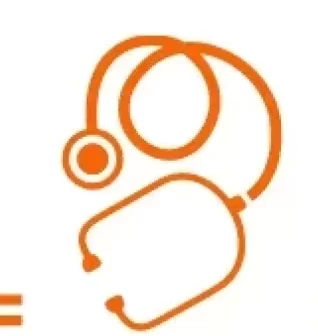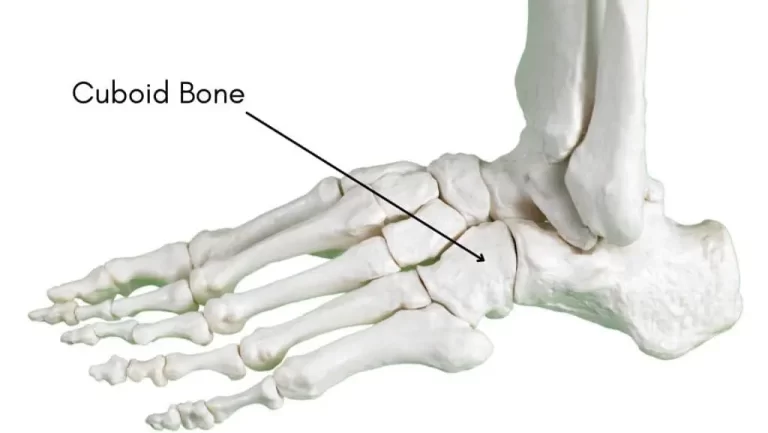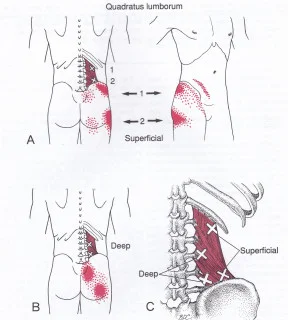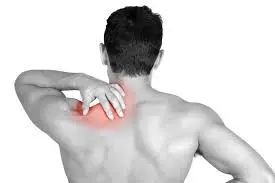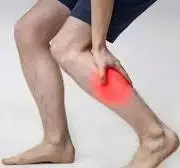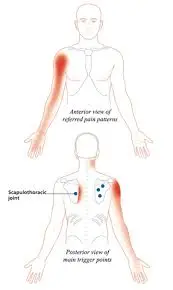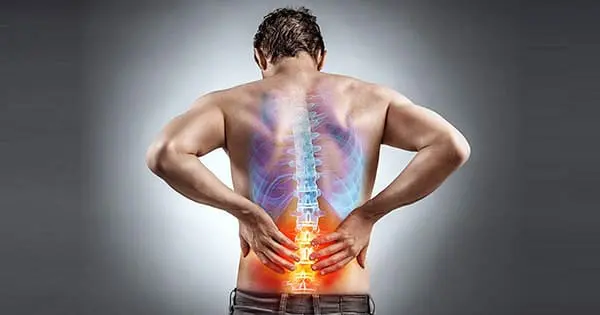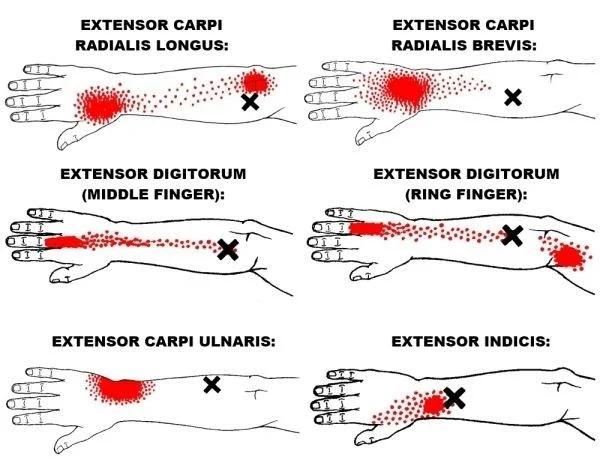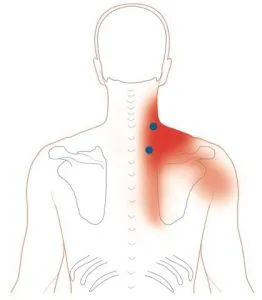Cuboid Bone
Introduction The cuboid bone is a cube-shaped tarsal bone located in the foot, playing a crucial role in the structure and function of the lateral arch. Situated on the outer side of the foot, it connects with the calcaneus (heel bone) posteriorly and the fourth and fifth metatarsal bones anteriorly. It is a component of…
